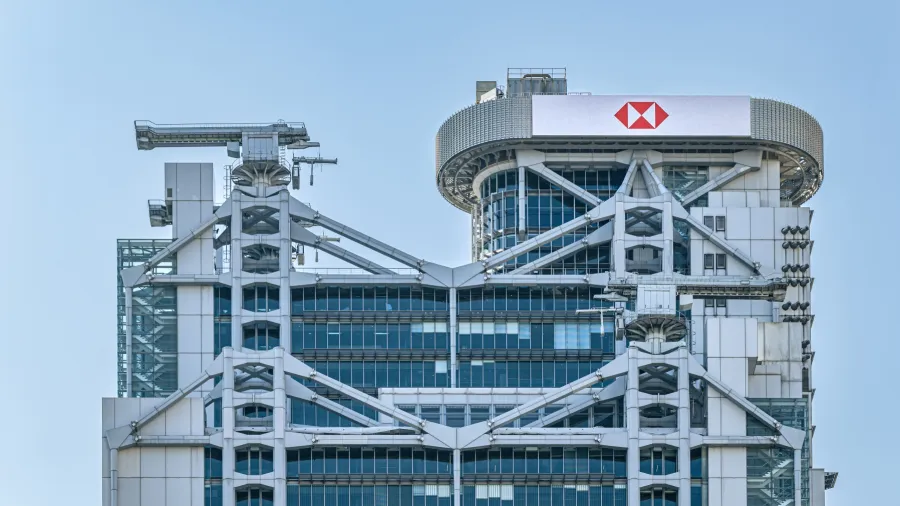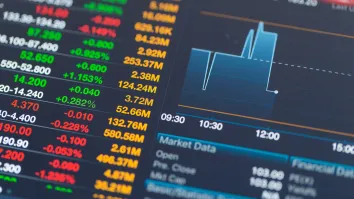
HSBC Hong Kong’s real estate risks to persist through 2025
The bank should see good profitability, strong capitalization, and adequate liquidity, however.
HSBC Hong Kong should see good profitability over the next 12-18 months, but its commercial real estate (CRE) exposure will continue to be a problem, according to Moody’s Ratings.
The ratings agency expects the bank to log stable net interest income and a low credit cost of below 0.4% over the period.
The bank's net interest margin and overall profitability benefit from the high market interest rates and its higher proportion of current and savings accounts (CASA) deposits to total deposits, it added.
Moody’s noted HSBC Hong Kong’s well-established franchises in the city and across the Asia-Pacific region; the good granularity of its asset portfolio; its strong capitalization; improved profitability; solid deposit base; and adequate liquidity.
HSBC is expected to have strong capital and adequate liquidity through 2025 and until mid-2026.
However, it does face the possible weakening of the Hong Kong government’s capacity to support the bank should the need arise.
Offsetting these credit strengths is the weakened quality of its commercial real estate (CRE) loans in Hong Kong and mainland China.
HSBC Hong Kong’s problem loan ratio rose to 2.6% as of June 2024 from 1.8% at the end of 2023 due to the deterioration of its Hong Kong CRE exposures.
Loans to the Hong Kong CRE sector accounted for 8% of HSBC Hong Kong’s gross loans as of June 2024, of which 9% were classified as credit impaired.
“HBAP's Hong Kong CRE exposures will continue to strain its asset quality over the next 12-18 months, although the low loan-to-value ratio for these exposures and the low leverage of large Hong Kong developers alleviate this risk,” Moody’s said.
Falling interest rates will also ease some of the risks as they would support borrowers' repayment ability, it added.

















 Advertise
Advertise






